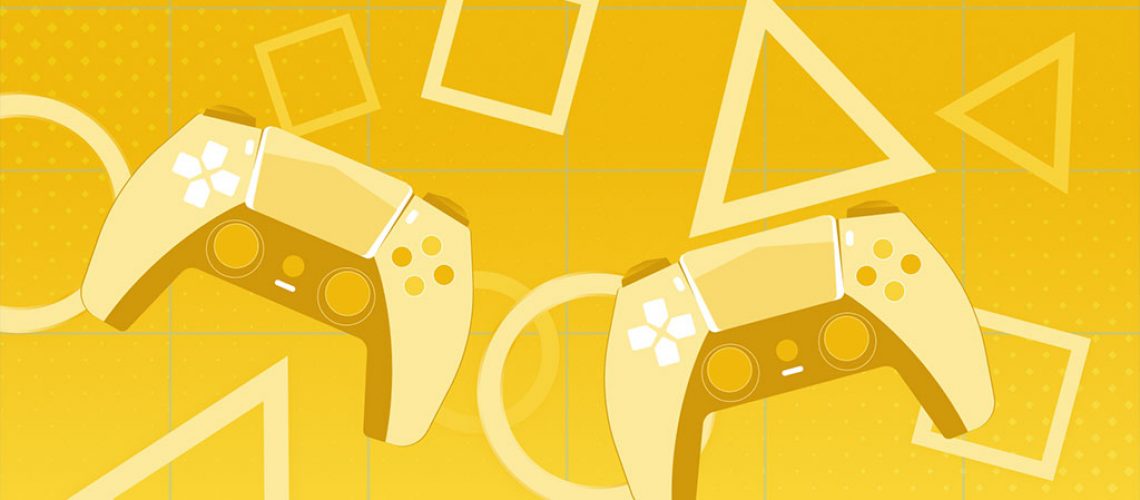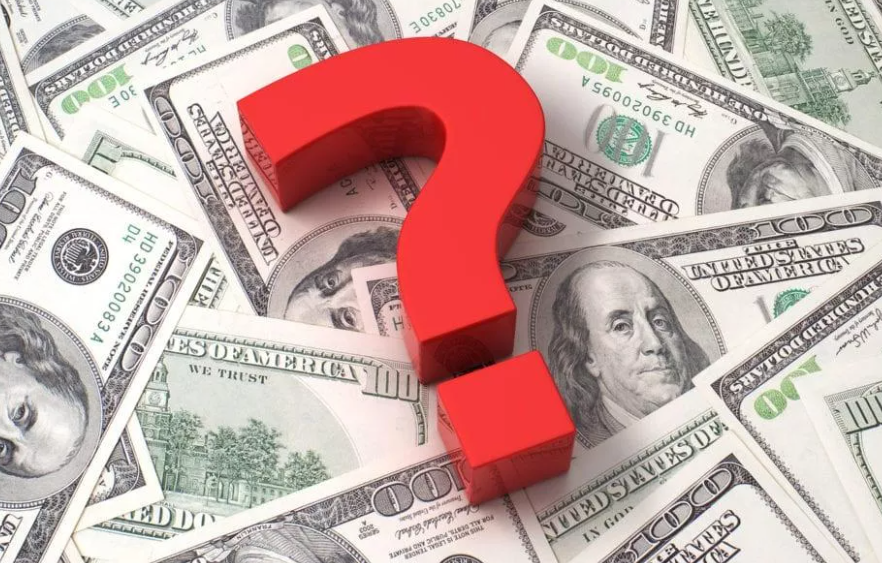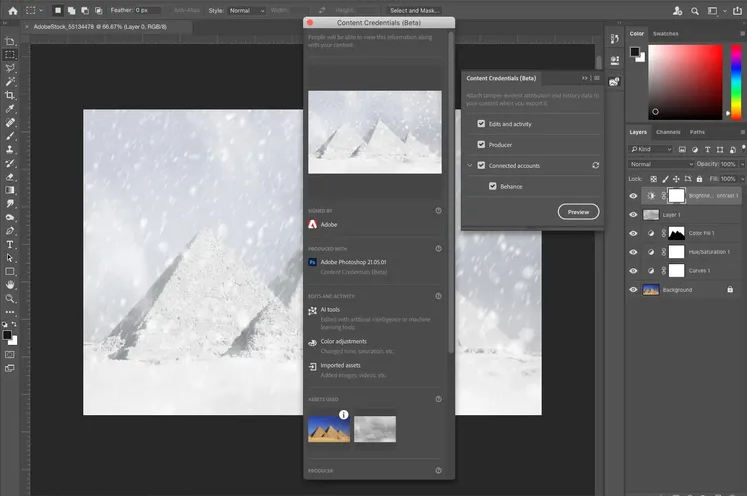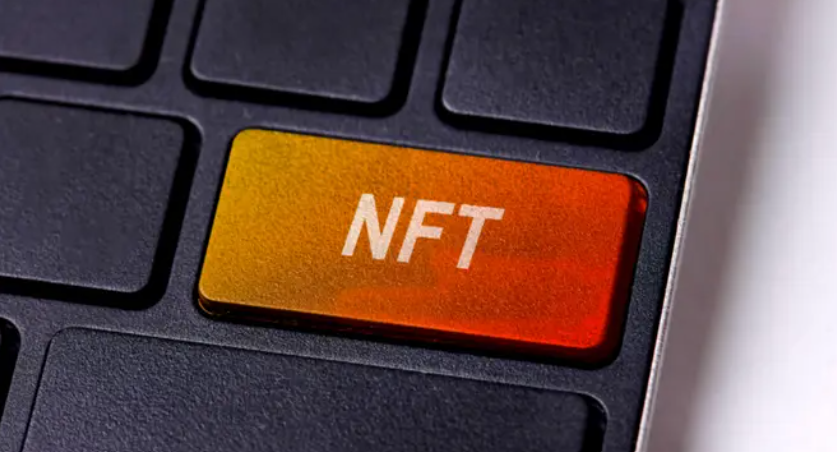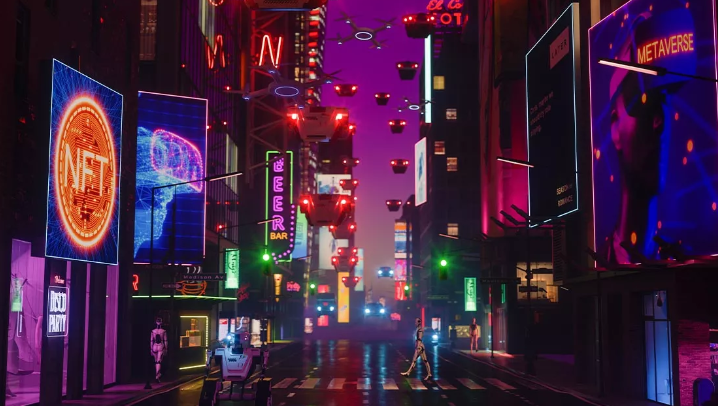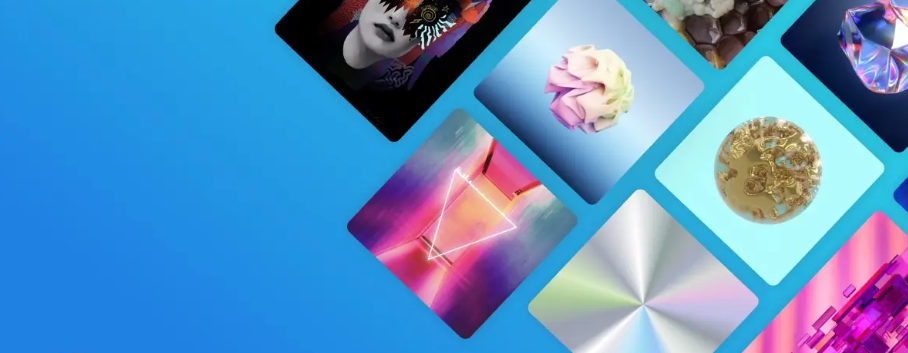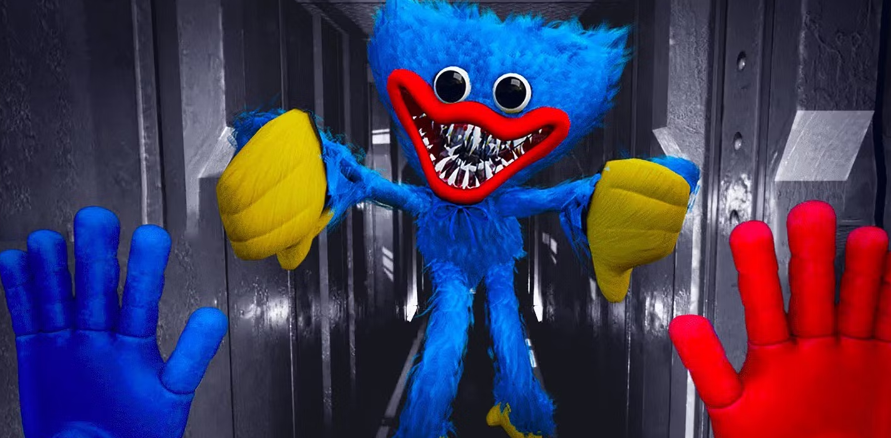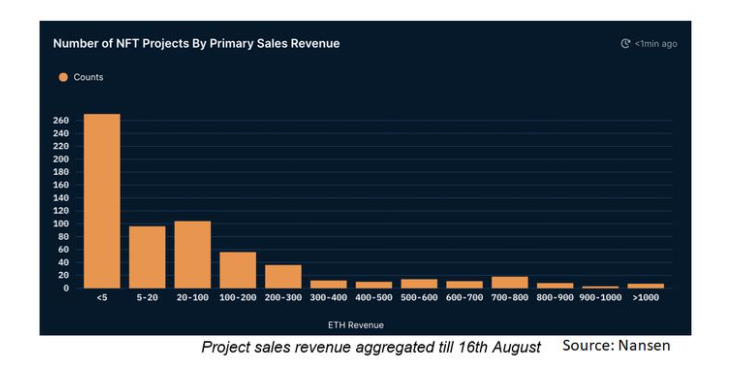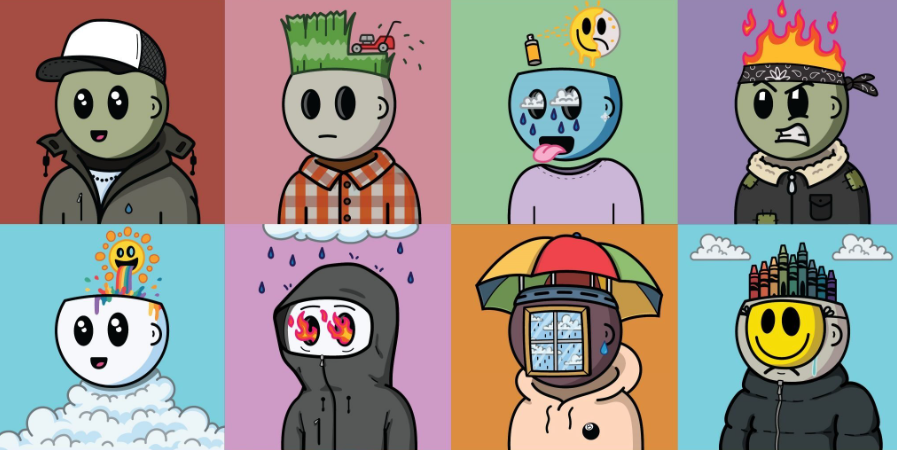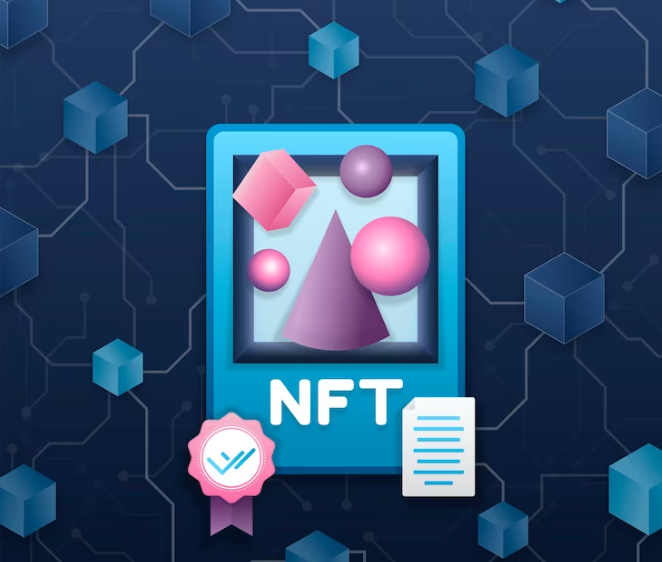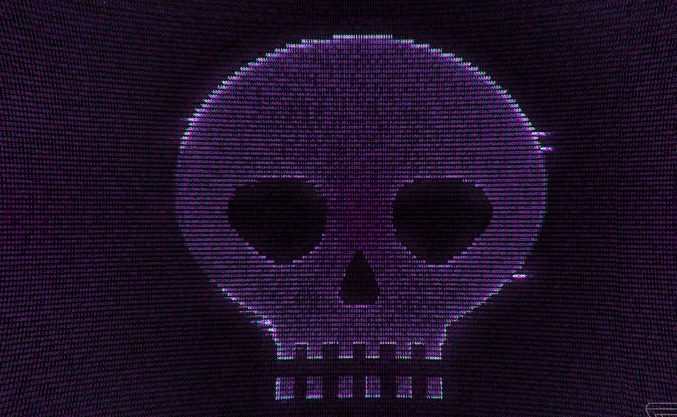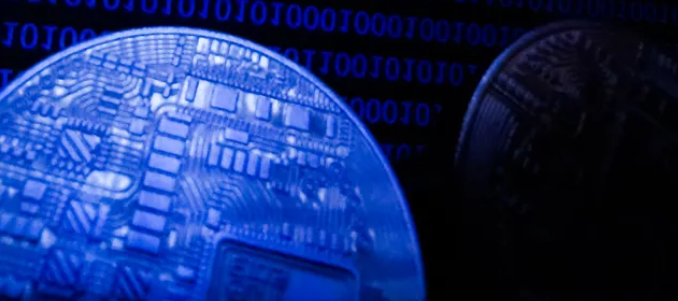GameFi refers to play-to-earn blockchain games that offer economic incentives to players. Typically, players can earn cryptocurrency and NFT rewards by completing tasks, battling other players, and progressing through the different game levels.
Unlike traditional video games, most blockchain games let players transfer the gaming items out of the game’s virtual world. This allows players to trade their items on NFT marketplaces and their crypto earnings on crypto exchanges.
Introduction
GameFi has been rapidly taking over the traditional gaming industry since the rise of Axie Infinity. It attracts gamers by offering them an opportunity to make money while having fun. What is GameFi, and how is it different from the video games we’re familiar with?
What is GameFi?
GameFi is a fusion of the words game and finance. It refers to play-to-earn blockchain games that offer economic incentives to players. The GameFi ecosystem uses cryptocurrencies, non-fungible tokens (NFTs), and blockchain technology to create a virtual gaming environment.
Typically, players can earn in-game rewards by completing tasks, battling other players, and progressing through the different game levels. They can also transfer their assets outside of the game to trade on crypto exchanges and NFT marketplaces.
How does GameFi work?
In GameFi, the reward can come in different forms, such as cryptocurrencies or in-game assets like virtual land, avatars, weapons, and costumes. Each GameFi project will adopt a different model and game economy. In most cases, the in-game assets are NFTs running on the blockchain, meaning they can be traded on NFT marketplaces. In other cases, however, the in-game assets need to be converted into an NFT before players can trade or sell them.
Typically, the in-game assets will provide certain benefits to the players, allowing them to make more rewards. But, some games also feature avatars and cosmetics that are purely visual and have no impact on the gameplay and earnings.
Depending on the game, players can earn rewards by completing tasks, battling with other players, or building monetized structures on their plot of land. Some games also let players generate passive income without playing the game, either through staking or by lending their gaming assets to other players. Let’s take a look at some of the common features in GameFi.
Play-to-earn model (P2E)
At the core of GameFi projects, we have play-to-earn (P2E) as a revolutionary gaming mode. It’s quite different from the pay-to-play model adopted by traditional video games. Pay-to-play requires gamers to invest before they can start playing. For example, video games like Call of Duty need players to purchase licenses or recurring subscriptions.
In most cases, traditional video games won’t generate any financial returns to players, and their in-game assets are controlled and held by the gaming company. In contrast, P2E games can give players full control over their in-game assets while also offering opportunities for them to make money.
However, keep in mind that it all depends on the model and game design adopted by the GameFi projects. Blockchain technology can (and should) give players full control over their in-game assets, but that’s not always the case. Make sure you understand how the game works and who is behind the project before getting into a P2E game.
Another thing to note is that P2E games can be free-to-play and still generate financial rewards to players, but some GameFi projects require you to purchase NFTs or cryptoassets before you can play. As such, it’s always important to DYOR and evaluate the risks. If a P2E game requires a big investment to start and the rewards are small, you are more likely to lose your initial investment.
One of the most popular play-to-earn games is Axie Infinity. It’s an Ethereum-based NFT game that has been growing in popularity since 2018. Gamers can use their NFT pets (Axies) to earn SLP tokens by completing daily quests and battling other players.
They can also get AXS rewards if they manage to achieve a certain PvP rank. In addition, AXS and SLP can be used to breed new Axies, which can be used in-game or traded in their official NFT marketplace.
Apart from buying and selling Axies, players can lend their Axies to other players, which gives owners an opportunity to earn without playing the game. This lending model is known as scholarship. It allows scholars to use the borrowed Axies to play and earn rewards.
In other words, Axie owners can make a passive income while scholars can play the game without making any investment. The earned rewards are then split between scholars and Axies owners.
Digital asset ownership
As we’ve discussed, blockchain technology allows for digital asset ownership, meaning that players can monetize their in-game assets in many different ways.
Similar to video games, players can own avatars, pets, houses, weapons, tools, and much more. But in GameFi, these assets can be issued or created as NFTs in the blockchain (also known as NFT minting). This allows players to have full control over their assets, with authenticity and verifiable ownership.
Some popular metaverse games, such as Decentraland and The Sandbox, focus on the concept of land ownership. They allow players to monetize their virtual land. In The Sandbox, gamers can purchase digital pieces of real estate and develop them to generate revenue. For instance, they can charge other players visiting their land, earn token rewards by hosting content and events, or rent their customized land to other players.
DeFi applications
Some GameFi projects also offer DeFi products and features, such as staking, liquidity mining, and yield farming. Typically, players can stake their in-game tokens to earn rewards, unlock exclusive items, or access new gaming levels.
Introducing DeFi elements can also make crypto gaming more decentralized. Unlike traditional game studios that centralized control over their game updates, some GameFi projects allow the community to participate in their decision-making process. They can propose and vote for future updates via decentralized autonomous organizations (DAOs).
For example, Decentraland players can vote on in-game and organizational policies by locking their governance tokens (MANA) in the DAO. The more tokens they lock, the higher their voting power. This allows gamers to communicate directly with game developers and influence the development of the game.
Are video games considered GameFi?
Traditional video game players can also earn in-game currency and collect digital assets to upgrade their characters. Still, these tokens and items can’t (or aren’t supposed to) be traded outside of the game. In most cases, they don’t even carry any value beyond the scope of the game. Even when they do, players are often prohibited from monetizing or trading their assets in the real world.
In blockchain games, the in-game tokens and assets are usually cryptocurrencies and NFTs. There are some blockchain games that use virtual tokens rather than crypto or NFTs, but players should still be able to convert their in-game assets into NFTs if they wish. This means that gamers can transfer their earnings to crypto wallets and trade their assets on crypto exchanges or NFT marketplaces. They can then convert their crypto profits into fiat money too.
How to get started with GameFi games?
There are thousands of blockchain games in the market, and they each work differently. Be careful with scam projects and fake websites. Connecting your wallet or downloading games from random websites can be dangerous. Ideally, you should create a new crypto wallet specifically for this purpose and only use funds you can afford to lose. If you are confident the game you found is safe, follow these steps to get started.
Create a crypto wallet
To access the GameFi world, you need a compatible cryptocurrency wallet, such as Trust Wallet or MetaMask. Depending on the game you’re playing, you might need to use different wallets or connect to different blockchain networks.
For example, if you want to play blockchain games on the BNB Smart Chain (former Binance Smart Chain), you will need to connect your MetaMask to the BSC network first. You can also use Trust Wallet or any other supported crypto wallet. Check the game’s official website to find out the ones they support.
You can also connect your crypto wallet to the Ethereum blockchain and access most games running on the Ethereum network. Still, some games like Axie Infinity and Gods Unchained will build their own wallet to reduce costs and improve performance.
Axie Infinity is built on Ethereum, but their team developed the Ronin network as a sidechain. As such, you need to use the official Ronin Wallet to interact with the Axie Infinity ecosystem. As a sidechain, the Ronin network makes it much cheaper to trade and breed Axies, reducing the costs of playing.
Connect your wallet to the game
To play a blockchain game, you will need to connect your wallet. Make sure you are connecting to their official website and not a fake copy. Head over to the game’s website and look for the option to connect your crypto wallet.
Unlike traditional online games that require you to set up a username and password, most blockchain games use your crypto wallet as a gaming account, so you will likely be asked to sign a message on your wallet before you can connect to the game.
Check the requirements to play
Most GameFi projects will require you to purchase their cryptocurrency token or in-game NFTs to get started. The requirements vary from game to game, but you should always consider the earning potential and overall risks. Make sure to estimate how long it might take to get your initial investment back and start making profits.
If you want to play Axie Infinity, you need 3 Axies in your game wallet. You can purchase them from the Axie Marketplace. To purchase Axies, you need wrapped ETH (WETH) in your Ronin Wallet. You can buy ETH from crypto exchanges like Binance and use the Ronin bridge to transfer them to your Ronin Wallet. For more information, please check out How to Use the Ronin Wallet?
If you don’t have any money or don’t want to take risks, consider looking for a scholarship program. They allow you to borrow NFTs to play, but you will have to share your earnings with the NFT owners.
The future of GameFi
The number of GameFi projects has boomed in 2021 and will likely continue to grow in the coming years. As of March 2022, there are more than 1,400 blockchain games listed in DappRadar. We now have popular games across multiple blockchains, such as Ethereum, BNB Smart Chain (BSC), Polygon, Harmony, Solana, and many more.
As blockchain technology continues to develop, the GameFi growing trend is expected to continue at a fast pace. The ability to own in-game assets and make money from games makes GameFi very attractive, especially in developing countries.
Closing thoughts
Since the early days of Bitcoin, we have had people trying their luck with simple browser games, hoping to make BTC profits. While BTC games are still around, the rise of Ethereum and smart contracts certainly changed the blockchain gaming world, which is now able to offer much more elaborate and interesting experiences.
It’s easy to see how GameFi attracts gamers by combining entertainment with financial incentives. With the growing popularity of blockchain games, we will most likely see an increasing number of big companies building up the metaverse.

